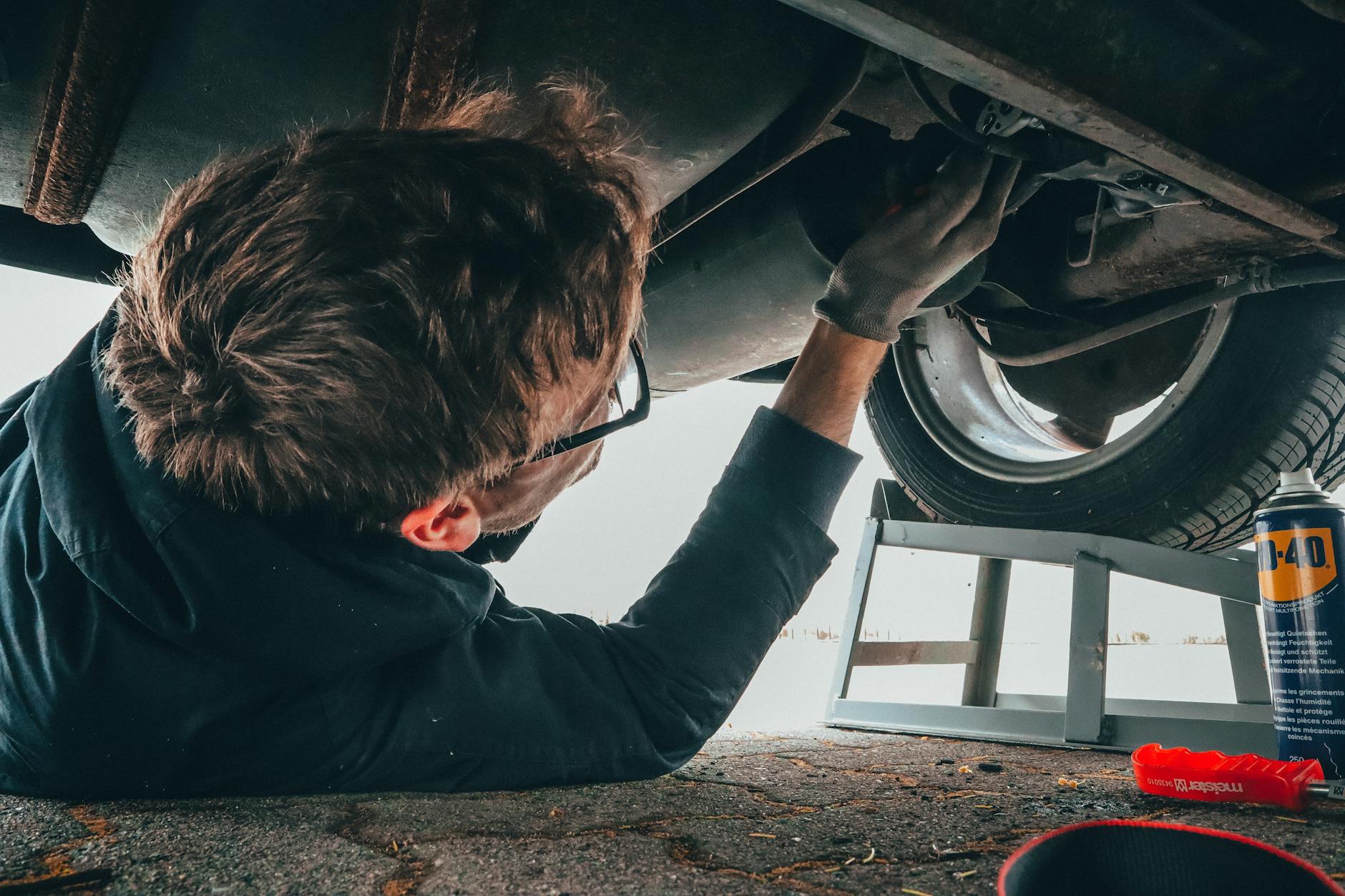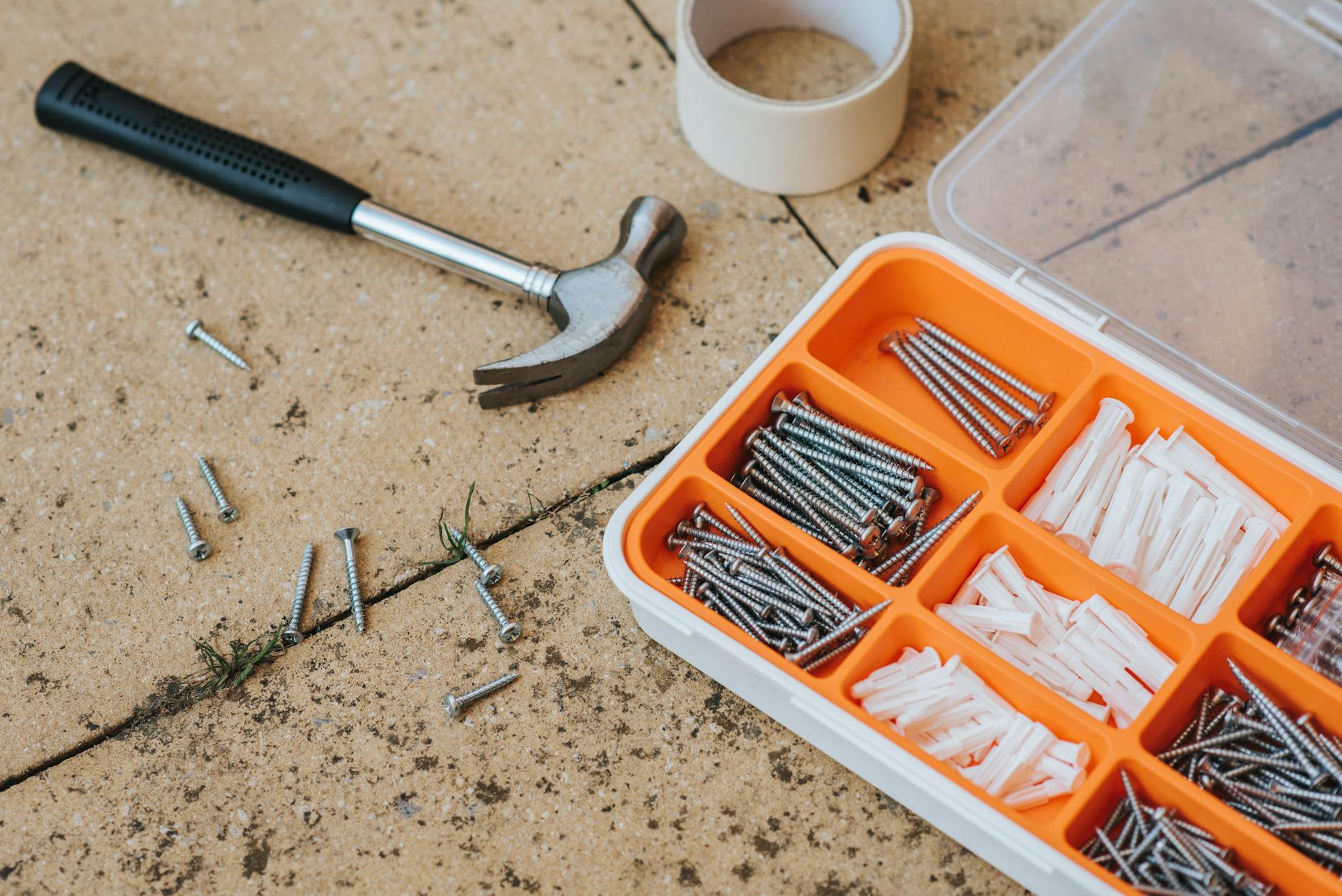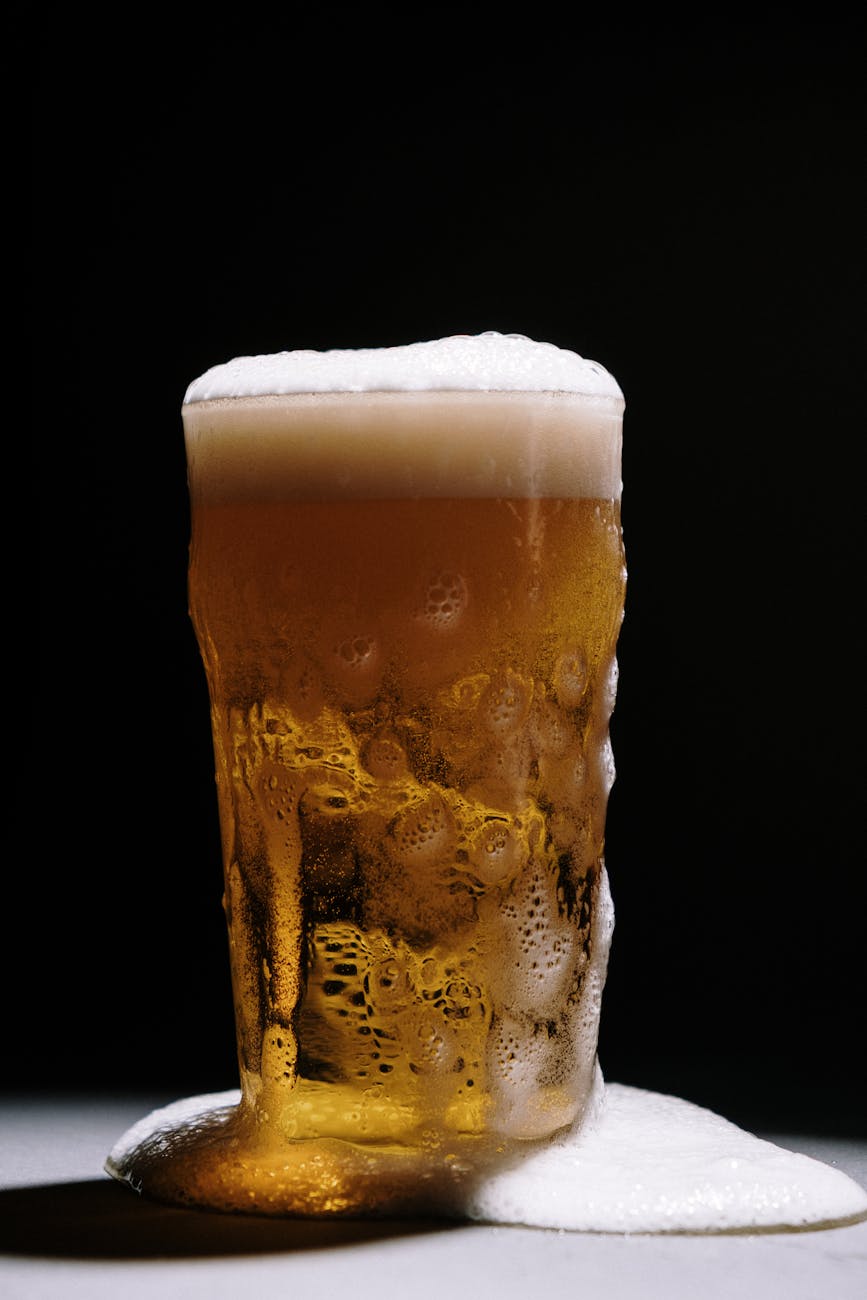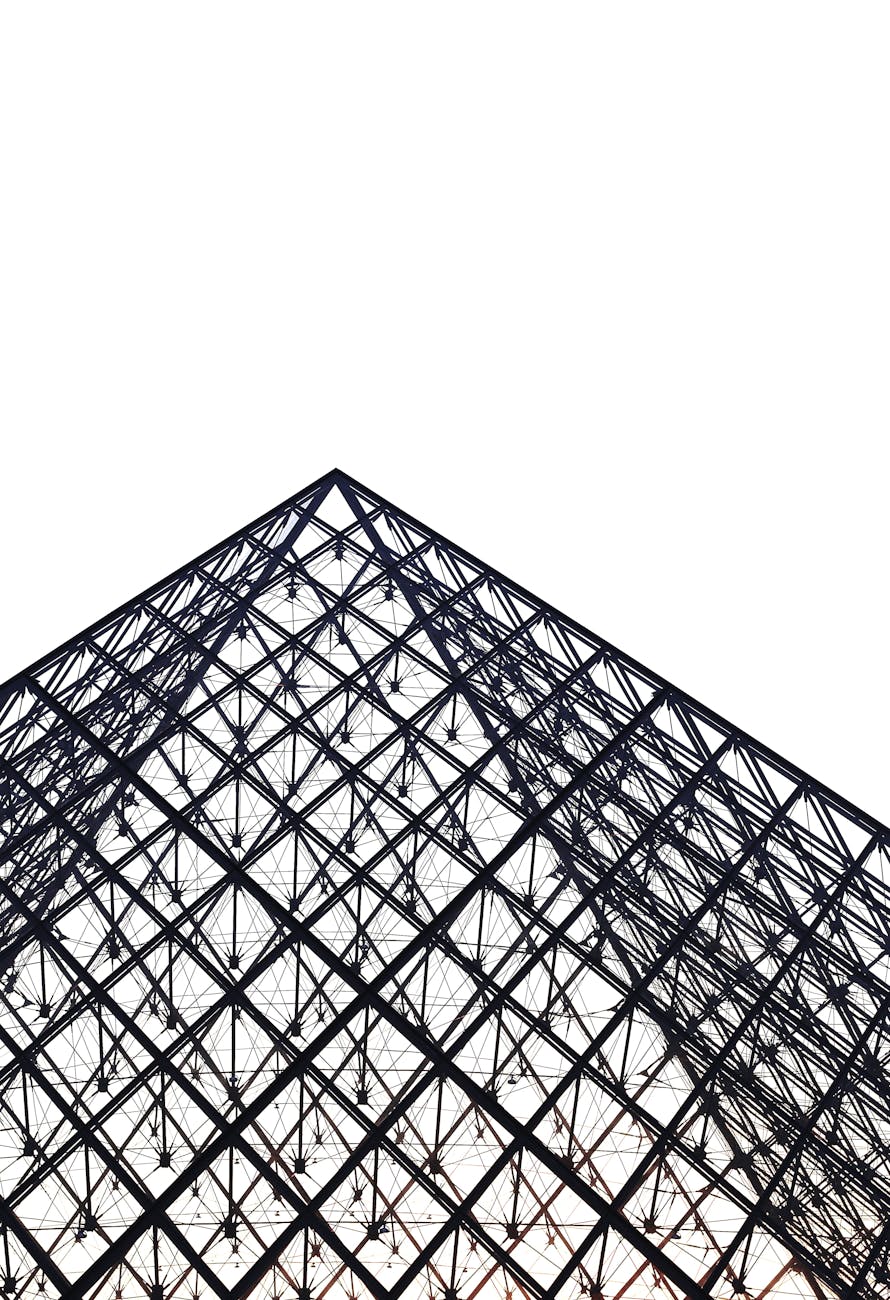Well that was a pretty good list of things, but as always I forget a few. Here are some additional things that a good high end camera needs.
Quick Release Plate and L Brackets
If you have a tripod, then you probably have an Arca Swiss 1.5″ long quick release on it. That means all your cameras will need a Plate for the ¼” mounting screw at the bottom. An L-Bracket is a bigger thing that allows the camera to be mounted landscape or portrait on a tripod. So here are some choices:
- Really Right Stuff. This is a complete bottom plate and you actually take off your battery door and stick it on this thing. Looks nice, but also looks heavy. It is $85 from B&H and is the gold standard.
- ProMediaGear PBSA73. They have an A7RIII specific plate.
- Wimberly. I’ve been using these plates for year (along with a Markins M20 ball head for that matter). They have a large series for big lenses of different lengths, but nothing specific to the Sony A7. Also looking at Markins, all their plates see to be out of stock.
- Acratech 2137. This is generic small plate that fits the body. In general, you want something that has an anti-twist flange on it and it is note clear if it Sony A7R III compatible
As an aside not that you would ever need it, but you can get a quick release plate for the smaller Sony RX-100M6, this makes less sense since the battery is covered by any plate, but you can get a plate and mount it on your tripod, but you might want to just stick with a trigger grip as there are not many times you will tripod mount it.
Filters
Well if you have a $$$s lens, then you want to protect it Some folks swear by the lens hood, but I’ve found that it is way more expensive to clean an element particularly when you are out in the field than to clean the filter.
There have been many reviews of filters. but Lens Rentals does an awesome job of measure protective filters. They did actual measurements along two lines, the first is light transmission, that is how much does a filter degrade the amount of light and then a subjective measurement of how much distortion.
In general, the view is that you need three kinds of filters in typical order of importance:
- UV or clear filter to protect the lense.
- Circular Polarizer. So that you can get a nice clear ski on those sunny days or see through water.
- Neutral Density filter. So that you can have a lens stopped wide open in bright daylight. This is because a wide open lens has a shallow depth of field which is nice for certain artistic shots, but there is so much light coming in that the shutter speed is too slow.
UV Filter: B+W XS-Pro
What the Lens Rentals guys found is that the best filters also in 99.5% plus of the light. That is pretty awesome. The Leica is 99.9% and is $225, so you get what you pay for. However, really good values ae the B+W MRC Clear Transparent at 99.7% at $45.50.
The second variable is optical issues where there is distortion. In this case, it says that B+@, Heliopan and Hoya high end ones are pretty good. In the end, the Hoya HMC and HD Protector and the B_W MRC Clear and Transparent and MRC Nano Clear comes out really well.
The Digital Picture has a more subjective review but they also like the B+W MRC (Multi- coating) with 7 coating layers. The next model up is the XS-Pro Nano which has an 8th layer. Also they mention Hoya is great optically but hard to clean.
Last thing to worry about is the filter ring thickness. Standard rings are usual, but you will need a slim ring for a ultra wide angle lenses. If you find you have this problem and I did on an older Sigma 18-200, then you have to use a slim filter. That means you also need a push on lens cap (which always falls off).
Or move upstream to the B+W XS-Pro line. This has slimmer than standard, but they can still hold a standard lens cap.
CP Filter: B+W XS-Pro Kaesemann High Transmission Circular Polarizer MRC-Nano
Well that is a mouthful, but what The-Digital-Picture explains what it all means. These basically rotate and eliminate glare from the photos.
A good choice is the B+W High Transmission which means that instead of losing 3 stops, you lose about 1.5 stops. That’s a big difference. Also you need the XS-Pro slim ring on a 24mm lens because polarizers are thicker.
Also make sure to get a filter wrench as these things can definitely get stuck.
Also as Digital Picture suggests, if you have say a 77mm Circular Polarizer, then you can also get a 72mm to 77mm stepup ring for it. This makes sense, because you can’t put a lens hood over a circular polarizer. It saves some money. At $22, this is a good deal for things like CP and also ND filters where again you don’t need a hood.
ND Filter: Get a B+W ND 3.0, not a variable
As Digital-Picture and Have Camera explains this is most important in videography where you want to run at 1/60th but you want a shallow depth of field. Another example are fireworks, when you don’t want the bright light to overwhelm the lens.h
While there are variable neutral density filters, but these introduce artifacts. Also at high densities, there is a cross hatch seen in some of the images because these are really two polarizing filters rotating.
So if you are not getting a variable, then what is the right filter set. B&H has some recommendations:
- Landscape photographers. A 6-stop ND is perfect for showing smooth motion in mountain streams and water falls.
- Wedding photographers. They like a 3-stop ND filter for shooting in sunlight but having a nice shallow depth of field.
- Night-like photography. If you want to take what look like night photos in the daylight, then 10-stops is great. These are also referred to as 3.0 density, 1000x or #110 filters. To actual expose this, you need to use a live view of the image and then do a conversion to get the right exposure. The Breakthrough Photography X4 10-stop ND Filter is the choice for this special photography and it has a 25 year guarantee! For $183 it should 🙂
- Solar photos. Then you need a 24-stop ND filter.





